Our History

Summit Fire and EMS is an amalgamation of several smaller fire departments that have been merged and consolidated over the years, including:
- Copper Mountain
- Dillon
- Dillon Valley
- Frisco
- Lake Dillon
- Silverthorne
- Snake River
- Summit County Ambulance Service
Summit County is rich with important Colorado history. The area was first inhabited by the Ute Indians prior to the arrival of fur trappers and miners in the 1800s. The mining towns of Frisco, Dillon and Montezuma all experienced the typical boom-and-bust cycle in the late 1800s and early 1900s. Like many towns across the west, Frisco and Montezuma suffered devastating structure fires as well as wildland fires. The area was geographically isolated and was served by wagon roads over high mountain passes and later by two railroads to serve the extensive mining operations in the area. As water and associated water rights became more important in the western portions of the United States, the Denver Water Board began acquiring water rights in the area, which eventually lead to the entire town of Dillon being re-located to make room for the Dillon Reservoir in 1963. As the mountain regions began to develop, a need for fire protection also developed.
With the growing popularity of skiing, the development of Arapahoe Basin and Keystone Ski Resort in addition to the Interstate 70 being constructed led to a significant construction boom in the area in the 1970s. Naturally, more modern fire departments became part of the equation with the associated construction. The current SFE is comprised of the former fire districts/towns: Snake River Fire Protection District, Dillon Fire Department, Dillon Valley Metropolitan District, Silverthorne Fire Protection District, Frisco Fire Protection District and Copper Mountain Consolidated Metropolitan District. At first, all of the six fire districts were served with volunteer firefighters. As the incident loads increased, career fire chiefs were added, followed by career firefighters to supplement the volunteer efforts. In 2009, Lake Dillon Fire Protection District became a fully career fire district supplemented by a volunteer Fire Corps group, which assisted in larger incidents.
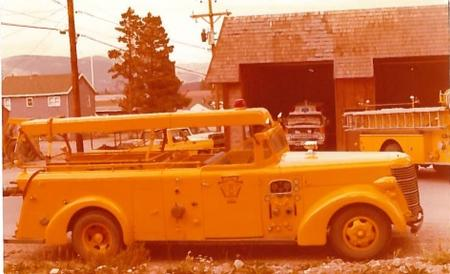
The Dillon Fire Department consolidated with the Dillon Valley Metro District in 1989 to become the Dillon/Dillon Valley Fire Protection District. The Silverthorne Fire Protection District consolidated with the Dillon/Dillon Valley FPD in 1993 forming the Lake Dillon Fire Authority. The Frisco Fire District consolidated with the LDFA in 1995. In 1998, voters approved consolidating mill levies and formally abolished the Lake Dillon Fire Protection District. In 2005, the Snake River Fire Protection District joined the LDFPD. In 2009, the Lower Blue Fire Protection District in the Heeney area entered into a formal contract with SFE to provide all fire-protection services into its district. In 2017, Copper Mountain Fire and Lake Dillon Fire signed an inter-governmental agreement to form the Summit Fire & EMS Authority. The authority went into effect January 1, 2018. In 2022, Summit Fire & EMS formally changed its entity to a fire-protection district.
In 1971, the Dillon Valley Metropolitan District specifically added fire protection to its duties and built the station on Deer Path Road. The metro district purchased the hydrants from Denver Water, but they opened backwards, which caused some fire-extinguishing issues. Daryl Potts was the first paid chief/water operator, followed by Jim Jordon, then Francis Winston, who later became the first Chief of the Lake Dillon Fire Protection District.

In 1973, the Frisco Fire Protection District was formed, and the first station was located at Third Avenue and Main Street, current site of the town information center. In 1975, a new station was built on South Third Avenue, where the Frisco Community Center stands. In 1980, a bond was passed, and a new station was built in 1981 at 301 South Eighth Avenue and is still in use today as Summit Fire Station No. 2. Prior to this, Frisco boasted a volunteer fire department but maintained few historical records. We do know that snowplow drivers and others were used as firefighters, and air-raid sirens and phone trees were used as notification methods. At one point, the drive train broke on the old fire engine -- but the pump still worked -- and a tow truck was used to pull it to a fire at Tiger Run, sirens wailing, at about 10 miles per hour. The first paid chief was Bob Gafvert in 1978.

In 1974, the Silverthorne Fire Protection District was formed, and a station was built at 401 Blue River Parkway that still is in use today as Summit Fire Station No. 10, which serve as the authority's administrative offices. There are no records of any organized fire protection prior to then.
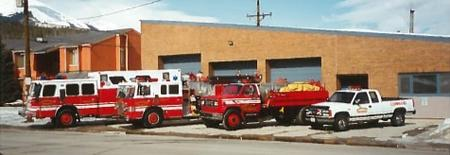
In the 1970s, fire protection in Keystone area was provided by the Dillon Valley Volunteer Fire Department. Sometime around 1976, fire protection was provided by Keystone Ski Resort, owned by Ralston-Purina, which purchased its first new engine in 1978.
In 1981, the Snake River Fire Protection District was formed, and Dave Parmley was hired as the first and only chief. The department had 30 volunteer firefighters and officers, plus a paid staff of 14, including a chief, assistant chief, two captains, two lieutenants, two fire inspectors and a training officer, working out of three fire stations. The budget in 2004 was $1.5 million, and the department handled nearly 700 emergency calls annually.
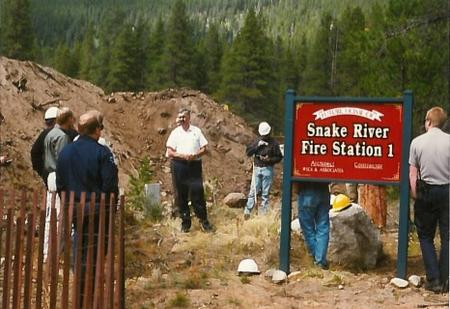
In 1984, the Dillon Fire Protection District was formed as a volunteer fire department. The Dillon Town Hall housed the fire department until a new station at 225 Lake Dillon Drive was built in 1985 and, following renovations in 2002, it remains in use today as Summit Fire Station No. 8. At one time, Dillon Fire housed an engine at the Lake Dillon Theater Company across the street from Station 8. A 1942 Sterling engine was given to the Town of Dillon, and in those days, if it wouldn't roll start before reaching the bottom of Buffalo Drive, firefighters weren't going to be able to use it at the fire.
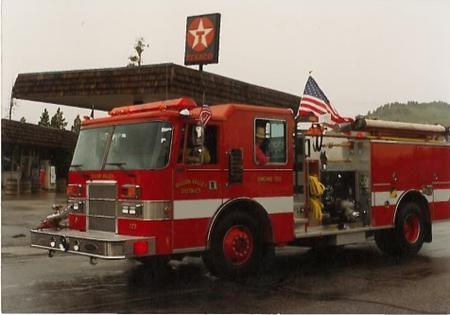
Mergers

- In 1989, Dillon and Dillon Valley merged as the Dillon Fire Authority.
- In 1993, Dillon, Dillon Valley and Silverthorne merged as the Lake Dillon Fire Authority.
- In 1995, Frisco joined the Lake Dillon Fire Authority.
- In 1998, voters passed a ballot measure to consolidate into one governmental district, the Lake Dillon Fire Protection District. Snake River Fire subsequently joined the Lake Dillon Fire Authority in 2005 and, after voter approval, became part of Lake Dillon Fire Protection District in May 2006.
- In 2018, Lake Dillon Fire and Copper Mountain Fire officially joined operations under the Summit Fire & EMS Authority.
- In 2019, Summit Fire joined forces with the Summit County Ambulance Service under a joint-operations agreement with Summit County, with the formal merger slated for Jan. 1, 2020.
Summit Fire and EMS Today
Today, Summit Fire & EMS is a fully professional fire department with 100 career employees operating and supporting four round-the-clock response stations, as well as an administrative office in the Summit County Commons near Frisco and two auxiliary stations.
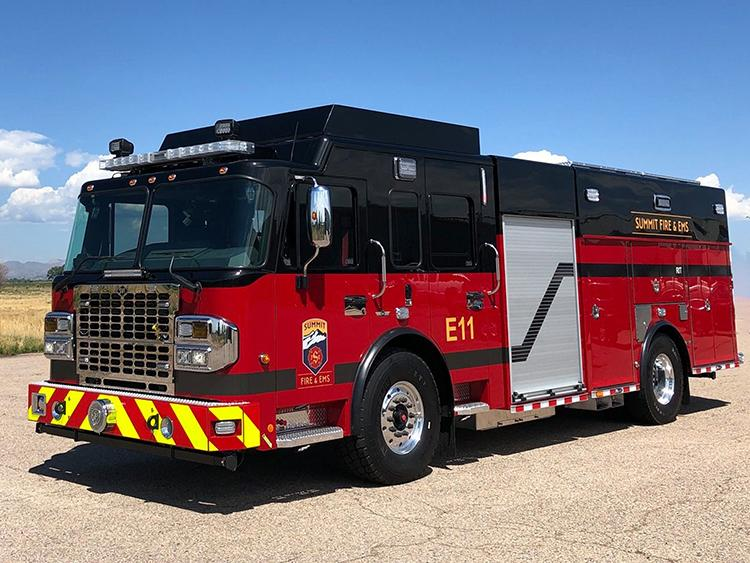
Apparatus
- Five pumper engines
- Two aerial ladder trucks
- Air/light trailer
- Two Type 3 wildland pumper engines
- Four Type 6 wildland engines
- Hazardous-materials vehicle
- Eight ambulances
- One 3,000-gallon water tender
| Summit Fire and EMS Statistics |
|---|
| • 2024 total calls: 4,266 |
| • 2024 EMS calls: 2,486, or 58 percent of call volume |
| • 2024 fire calls: 69, or 1 percent of call volume |
| • 2025 operating budget: $25 million |
| • Summit Fire & EMS response area, including portions of Summit County outside the SF&EMS Fire Protection District boundaries: 479 square miles |
| • Population: approximately 23,000 permanent, 150,000 seasonal capacity |
